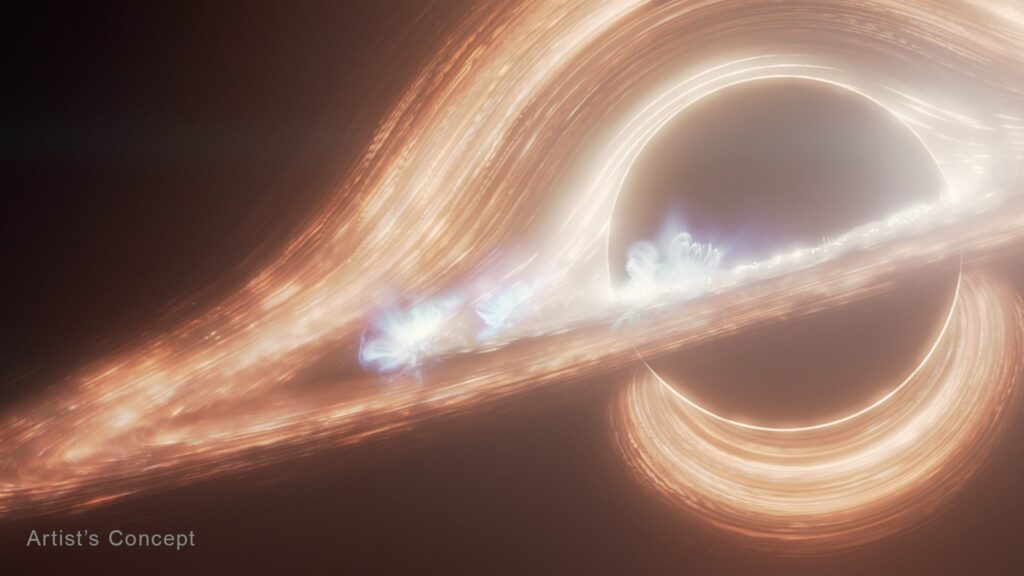
The nature of black holes is being reevaluated by scientists who question the necessity of singularities in these enigmatic cosmic entities. Singularities, which are points of infinite density, traditionally characterize black holes as defined by general relativity. However, some researchers argue that black holes might exist without singularities or even event horizons, potentially reshaping our understanding of these astronomical phenomena.
To comprehend this debate, it’s essential to differentiate between theoretical black holes and those we have observed. Theoretical models, such as the classic black hole metric discovered by Karl Schwarzschild, describe non-rotating black holes based on Einstein’s general relativity. Subsequent models, including the Kerr metric introduced by Roy Kerr in 1963, account for rotating black holes. These models have inspired visualizations seen in popular media, such as the film Interstellar.
Observationally, astronomers have captured images of black holes, notably M87* and SagA*, at the centers of distant galaxies. The Event Horizon Telescope has provided substantial data on these black holes, confirming they exhibit rotation and structures consistent with the Kerr model. Yet, the inner workings of black holes, including the presence of singularities, remain elusive since no observation can penetrate their event horizons.
The significance of this inquiry lies in the implications singularities have on our understanding of physics. A singularity represents a breakdown of the known laws of physics, leading to complications such as the information paradox, where information crossing an event horizon is thought to be irretrievably lost to the universe. To address these challenges, researchers are exploring models that eliminate singularities and event horizons altogether.
One proposed resolution involves integrating quantum mechanics into our understanding of gravity. The uncertainty principle suggests that exact locations of mass may prevent singularities from forming. Furthermore, the phenomenon of Hawking radiation implies that black holes could emit energy and information over time.
Theoretical frameworks like loop quantum gravity and string theory propose alternatives to classical black hole models. In loop quantum gravity, for instance, black holes may evolve into a “Planck star” rather than collapsing into a singularity. Similarly, string theory introduces the concept of a “fuzzball,” where traditional singularities are replaced by a dense array of strings.
Despite these theoretical advancements, many researchers continue to rely on Einstein’s theories. A notable development is the Hayward metric, which represents a solution to Einstein’s field equations under specific constraints: static, asymptotically flat, spherically symmetric, and critically, non-singular. This model suggests that a black hole could exist without a singularity, maintaining a locally flat center akin to other regions of space.
The Hayward black hole model also proposes the absence of an event horizon. Instead, it features an apparent horizon that allows matter to escape gradually, a concept reminiscent of Hawking radiation but without invoking quantum theory. For supermassive black holes, the differences between Hayward and traditional models are minimal, making them nearly indistinguishable under current observational limits.
Overall, while conventional models of black holes align with observations, the Hayward model offers an intriguing alternative that could resolve longstanding issues associated with singularities and event horizons. The challenge remains to identify a physical mechanism that would inherently prevent singularities from forming, as the Hayward model operates on theoretical grounds without empirical support.
As scientists continue to delve into the complexities of black holes, the possibility of models devoid of singularities could fundamentally alter our understanding of the universe. The ongoing research emphasizes the need for a deeper comprehension of both quantum mechanics and gravitational theory, potentially revealing new dimensions of cosmic behavior.







